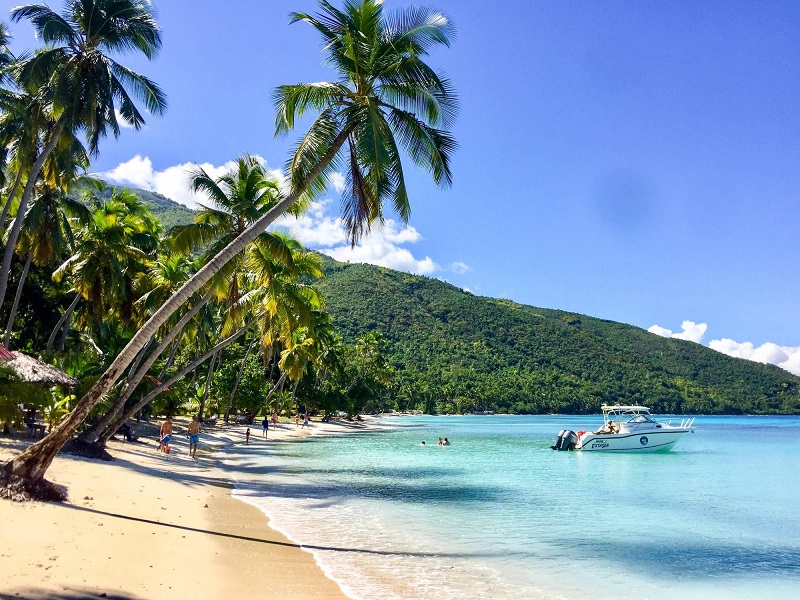
The summer is the perfect time to visit the beach. There’s nothing better than packing up the car, bringing a cooler full of snacks and drinks, and setting up the umbrella on your own little stretch of paradise. However, your beach days can turn sour quickly if beach hazards are present.
Experts from online pokies Australia for real money have gathered a list of the most common and dangerous beach hazards below so you can be prepared this summer.
1 Rip Currents
Rip currents account for more than 80 percent of rescues performed by surf beach lifeguards. They are powerful, channeled currents of water flowing away from shore that quickly pull swimmers out to sea. Rip currents typically extend from the shoreline, through the surf zone, and past the line of breaking waves. The best way to stay safe is to recognize the danger of rip currents. If caught in one, don’t fight it! Swim parallel to the shore and swim back to land at an angle. Always remember to swim at beaches with lifeguards.
- Shoebreak
A shorebreak is an ocean condition when waves break directly on the shore. Both small and high waves can be equally as unpredictable and dangerous and typically form when there is a rapid transition from deep to shallow water. The power of a shorebreak can cause injuries to extremities and the cervical spine. Spinal cord injuries most often occur when diving headfirst into the water or being tumbled by the force of the waves. Be sure to ask a lifeguard about the wave conditions before going into the water.
- Lightning
Since 2006, an average of 33 people have been killed annually by lightning in the United States alone. There is no safe place outside when thunderstorms are in the area. When thunder roars, go indoors! The safest places during lightning activity are substantial buildings and hard-topped vehicles. Rain shelters, small sheds, and open vehicles are not safe. Wait 30 minutes after the last thunder crack before returning to the beach.
- Structures
The second beach hazards on our list are structures in the water. Piers, jetties, and groins all pose a risk to swimmers. Not only can waves knock you into these areas and injure you, but as mentioned above, these are prime environments for rip currents to occur. Always swim in designated areas and monitor your surroundings. If a small current is bringing you closer to a structure, act before you are too close. If you need help, always signal for a lifeguard, and be cool with games at jeux machine a sous en ligne.
- Jellyfish
Keep an eye out for jellyfish. All jellyfish sting, but not all have venom that hurts humans. Of the 2,000 species of jellyfish, only about 70 seriously harm or may occasionally kill people. When on the beach, take note of jellyfish warning signs. Be careful around jellies washed up on the sand as some still sting if their tentacles are wet. Tentacles torn off a jellyfish can sting, too. If you are stung, don’t rinse with water, which could release more poison. Lifeguards usually give first aid for stings. See a doctor if you have an allergic reaction.
- Heat and sun burn
Too much heat and sun can spoil a vacation. Heat is the leading weather-related killer in the United States, causing more deaths than floods, lightning, tornados, and hurricanes combined. Heat disorder symptoms include sunburn, heat cramps, heat exhaustion, and heat stroke. Spending the day at the beach can lead to any of these disorders but the most visible is sunburn, which can take up to 24 hours before the full damage is visible. Seek medical help right away if a burn is severe, especially if it is accompanied by a headache, chills, or fever.
